Urethrography refers to the radiographic study of the urethra using iodinated contrast media and is generally carried out in males.
On this page:
Terminology
When the urethra is studied with instillation of contrast into the distal/anterior urethra it has been referred to as:
retrograde urethrography (RUG)
ascending urethrography (ASU)
When the posterior urethra is studied during micturition, this has been referred to as:
descending urethrography
micturating urethrography
The resulting images are known as urethrograms.
Indications
pelvic trauma in the emergency department (retrograde only) 4
diminished urinary stream
urethral mucosal tumors
Examination technique (RUG/ASU)
place the patient in supine position 4. Retract the foreskin and clean the tip of the penis with Betadine® (povidone-iodine) or antiseptic solution
-
inject a small amount of topical local anesthetic (e.g. lidocaine gel) into the urethra with a syringe
local anesthetic helps to relax the sphincter as the patient may contract it during the procedure thus leading to a diagnosis of a stricture
some advocate against the use of lidocaine gel on the basis that an inadequate seal is formed
the patient position should be oblique to visualize the full length of the urethra
-
place the tip of the metallic adaptor into the urethral orifice and attach the contrast loaded syringe to it
an alternative is to place a Foley catheter tip in the navicular fossa and gently inflate the balloon with 2 to 3 ml of sterile water until a seal is formed 4 making sure not to cause the patient pain or damage the distal urethra
gently pull the catheter to straighten the penis and prevent overlapping on the urethra 4
inject the contrast and image as soon as a major part of the contrast has been injected, taking spot images when appropriate
Ideal images demonstrate the entire length of the urethra with contrast beginning to fill the bladder.
RUG/ASU may be followed by VCUG/MCU if there is no contraindication to catheterize the bladder (e.g. false passage or stricture). If the patient is able to relax the bladder neck, then bladder catheterization can be avoided because contrast is able to flow into the bladder retrogradely from the urethra 4.
RUG/ASU vs VCUG/MCU
Generally, a RUG/ASU is carried out to visualize anterior urethral abnormalities and a VCUG/MCU for posterior urethral abnormalities.
Additionally, although the bladder is not generally the main target of the exam, as with a cystogram, a VCUG/MCU may be useful in the detection of bladder abnormalities and vesicoureteric reflux (VUR).
In a trauma situation, a RUG/ASU should be performed first. A VCUG/MCU should not be performed first because blindly trying to introduce a Foley catheter into the bladder in a trauma setting may lead to additional iatrogenic urethral damage.



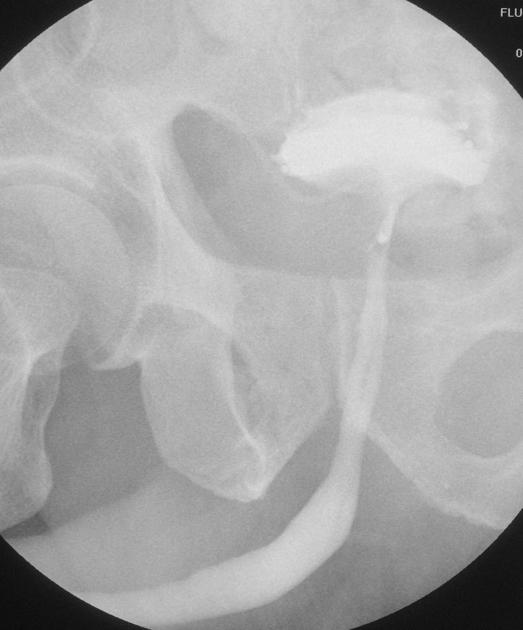
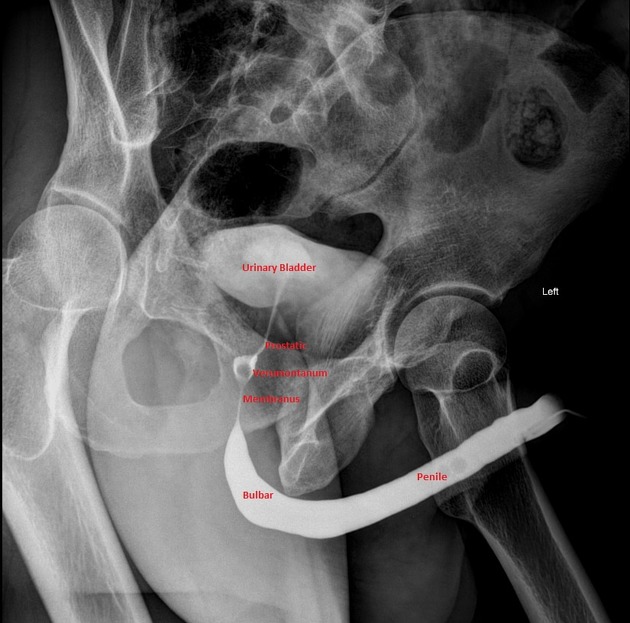
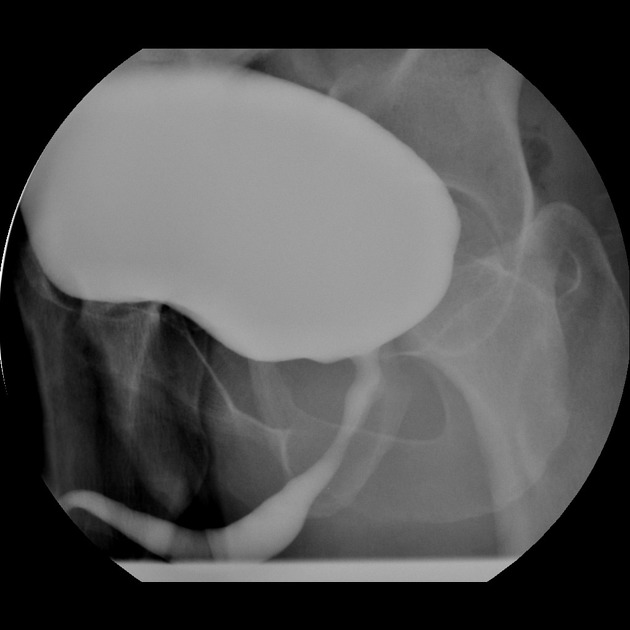
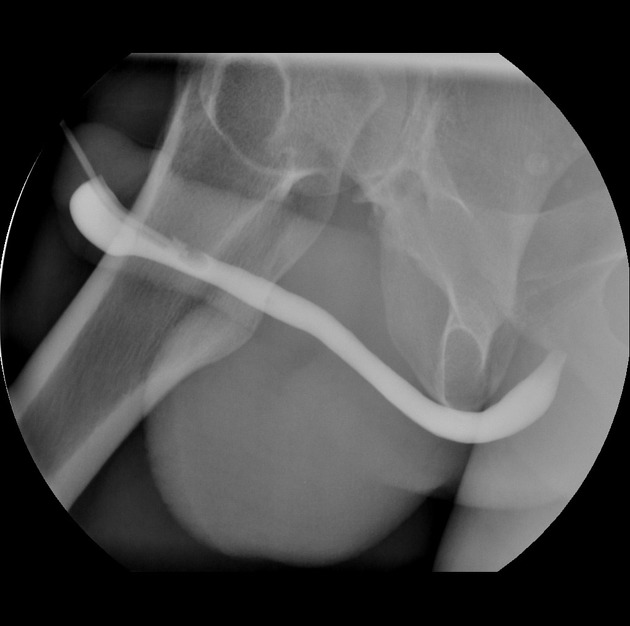
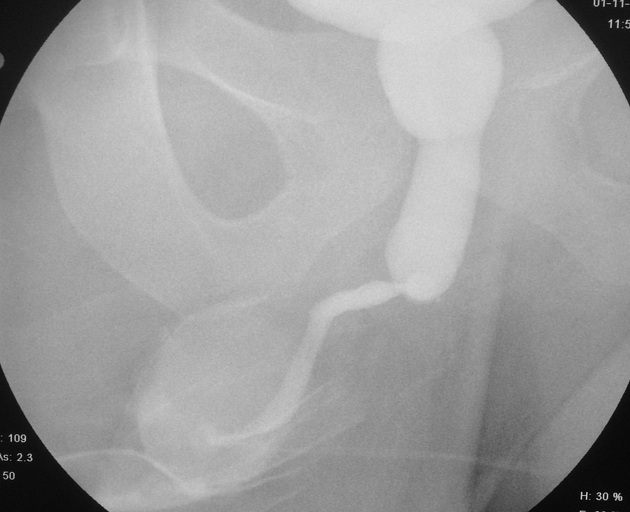
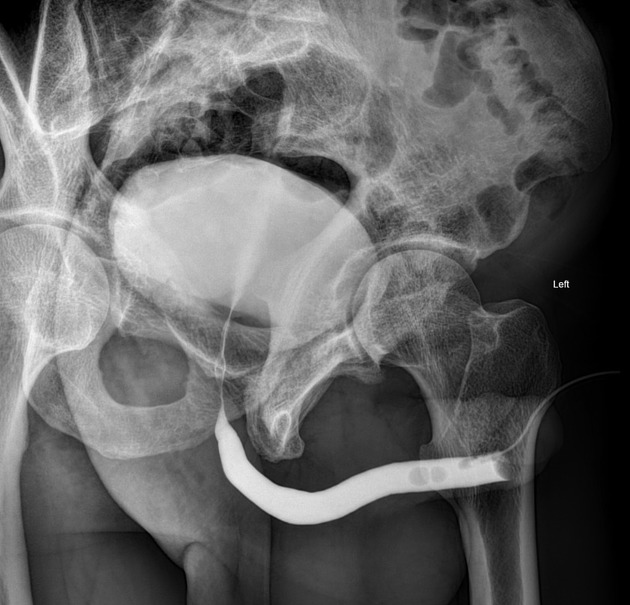
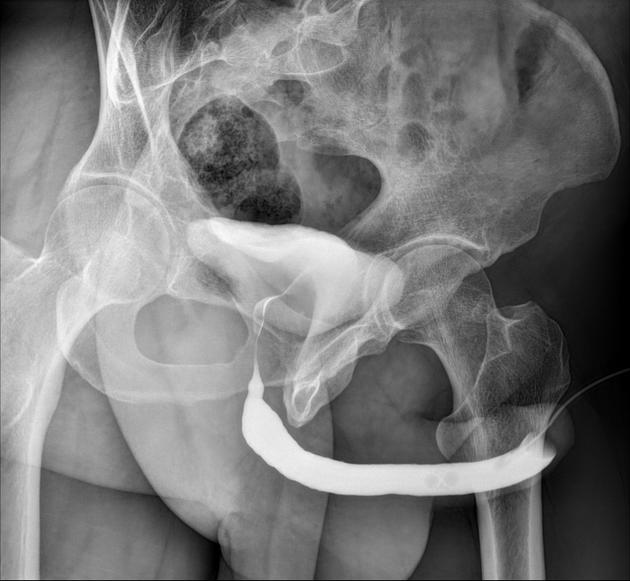
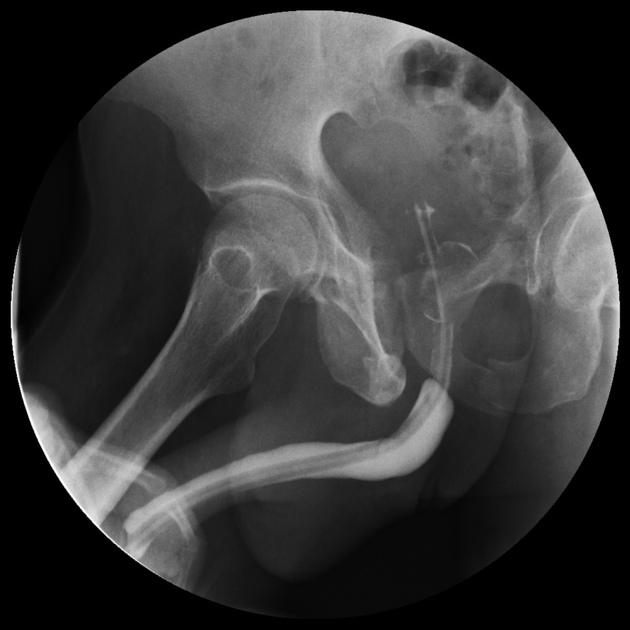
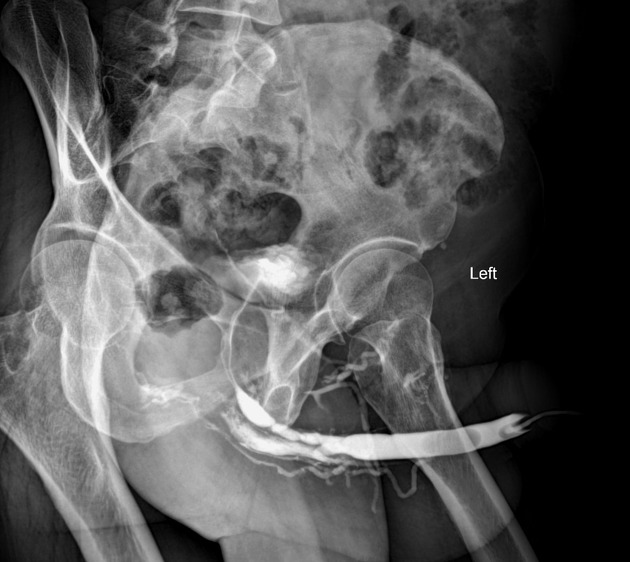
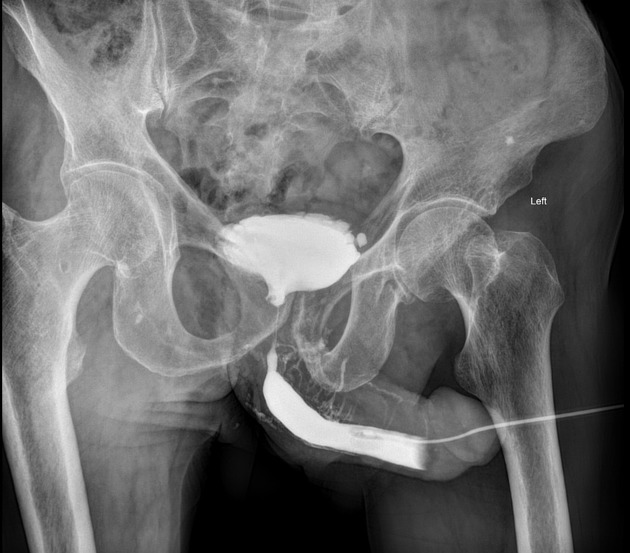
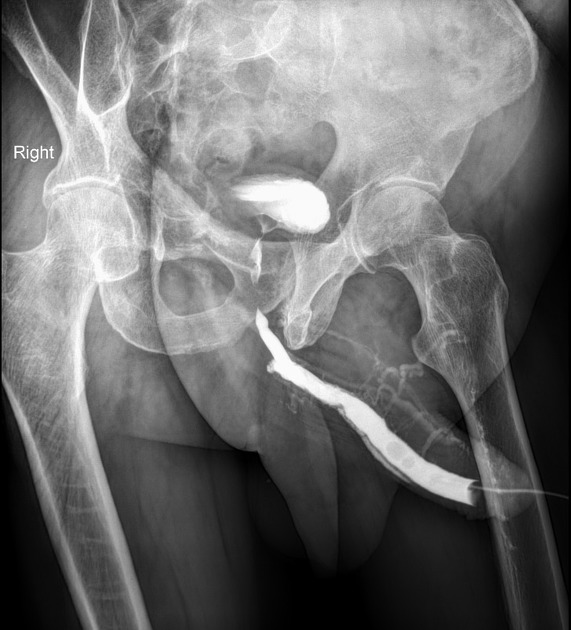
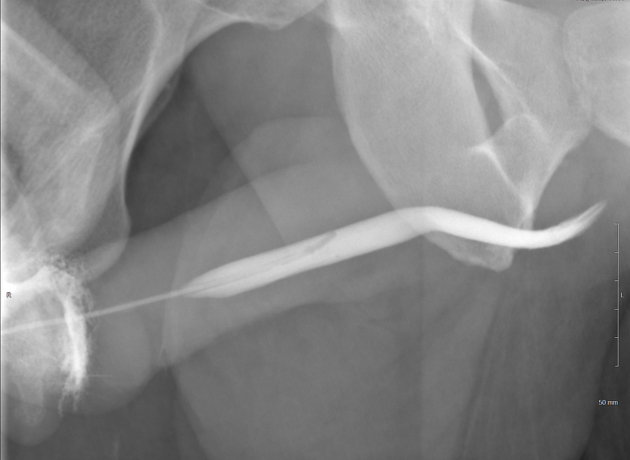
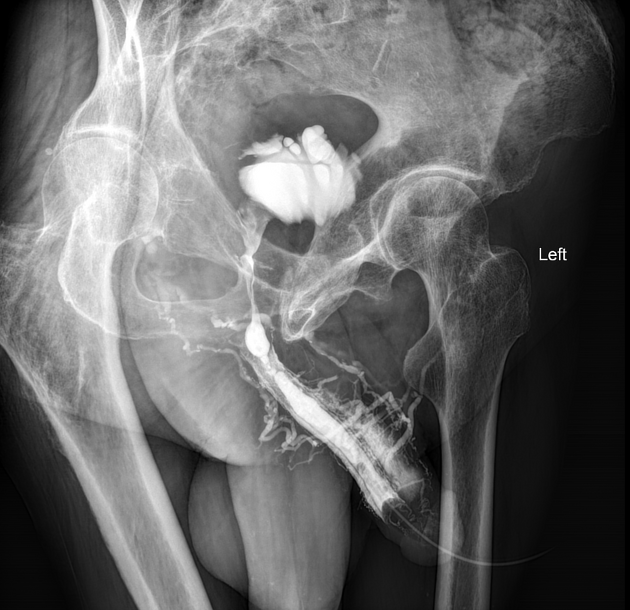
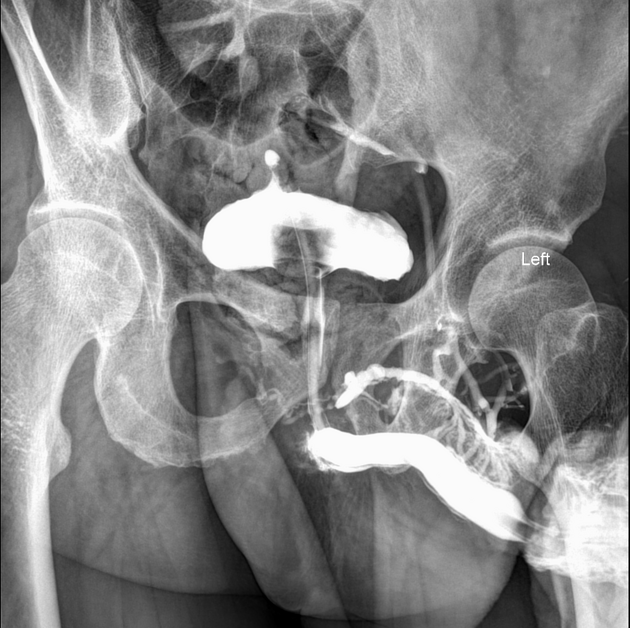


 Unable to process the form. Check for errors and try again.
Unable to process the form. Check for errors and try again.